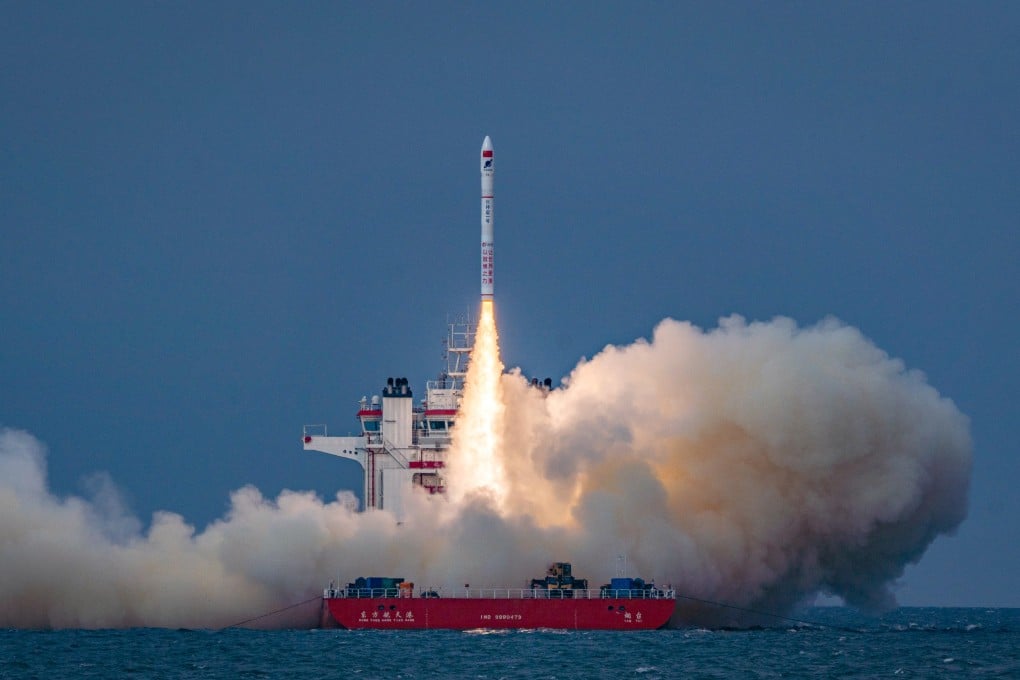China launches 4 satellites from the sea in push to finish Internet of Things constellation by end of year
- Tianqi constellation to comprise 38 small satellites for data connectivity via smart devices, with expansion expected to include military applications
- With ability to launch from both land and sea, Galactic Energy says it is ready to serve all users and enter intensive launch period

Once complete, the Tianqi constellation will comprise 38 small satellites to promote data connectivity through smart devices, and provide global coverage and near real-time data transmission services to government, industrial and individual users, according to its developer and operator Guodian Gaoke, a Beijing-based satellite company.
“The existing Tianqi satellites have been used in a variety of scenarios, such as emergency communications and rescue, environmental protection and monitoring, and the transport of hazardous chemicals,” Lu Qiang, chief executive of Guodian Gaoke, told Chinese media last year.
“In the future, we will expand our services to other fields, including outdoor emergency response and military applications,” he said.
The constellation requires only small, low-cost and low-power consumption terminal equipment, according to the company website. The smallest terminal is 3.5cm (1.38 inches) across, and the cost of making the equipment has dropped to less than 1,000 yuan (US$138).
Compared with the two dozen Tianqi satellites already operating in orbit, the latest batch features high-stability, high-speed data communication capabilities with 10-minute global coverage, the company said on its official WeChat account on Tuesday.

